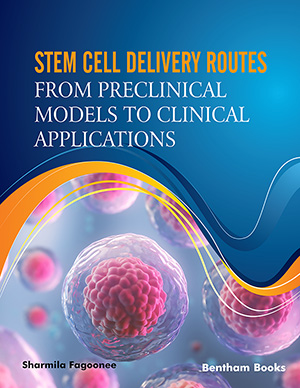Abstract
The liver is at the crossroad of several vital processes, including metabolism, detoxification and immune surveillance. Chronic insults caused by a multitude of factors reduce liver functionality and, if left unchecked, can lead to lethality. Definitive cure of the damaged liver occurs through orthotopic organ transplantation, but the shortage of suitable organs, high costs and its invasiveness limit such an approach. Thus, new strategies to attenuate liver disease progression and restore function are being searched for. Cell therapy is resolute in some cases, and act as bridging therapy in others. Several cell types have been investigated both preclinically and clinically for their therapeutic efficiency. Stem cells are optimal candidates for reversing liver damage, due to their plasticity and capacity to secrete reparative factors. Among stem cells, MSCs are the most studied for their manipulability in vitro, and efficacy in vivo. MSCs play a therapeutic role in liver disease by homing to and engrafting in the injured liver, and by its ability to adopt a hepatogenic fate in some cases. In other instances, the secretome of injected MSCs favour liver regeneration and injury repair. When delivered through different routes including intravenous, intraportal, intrahepatic, intraperitoneal and through the hepatic artery, MSCs may confer different therapeutic efficacy. Cell survival in vivo, cell dosage, the extent of liver damage and microenvironment are other factors that determine the success of MSC-based therapy. In this chapter, the delivery routes used to target MSCs to the liver will be addressed.
Keywords: Bone marrow-derived mesenchymal stem cells, Cirrhosis, Clinical studies, End-stage liver disease, Fibrosis, Induced pluripotent stem cells, Intrahepatic injection, Intraportal delivery, Intrasplenic route, Intravenous, Liver, Liver-derived mesenchymal stem cells, Liver function, Mesenchymal stem cells, Mouse models, Orthotopic liver transplantation, Preclinical, Stem cells engraftment, Stem cell homing and engraftment, Transdifferentiation.






















